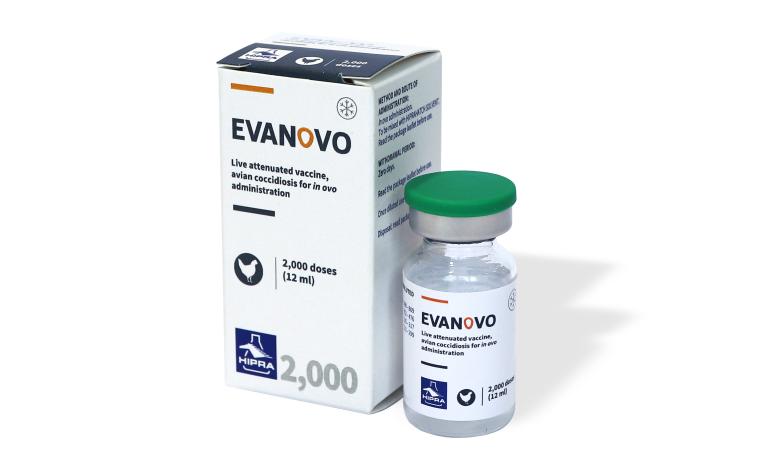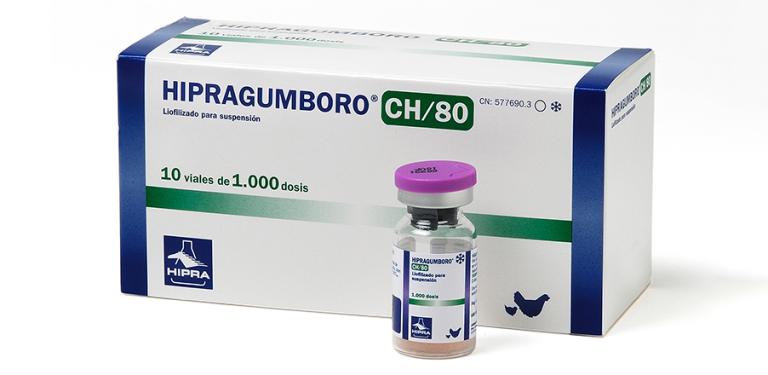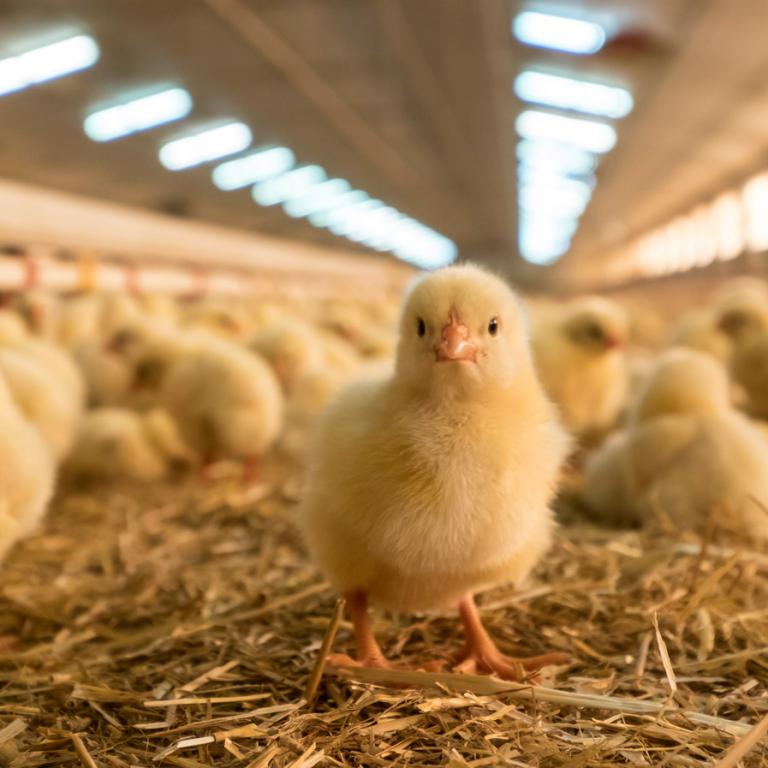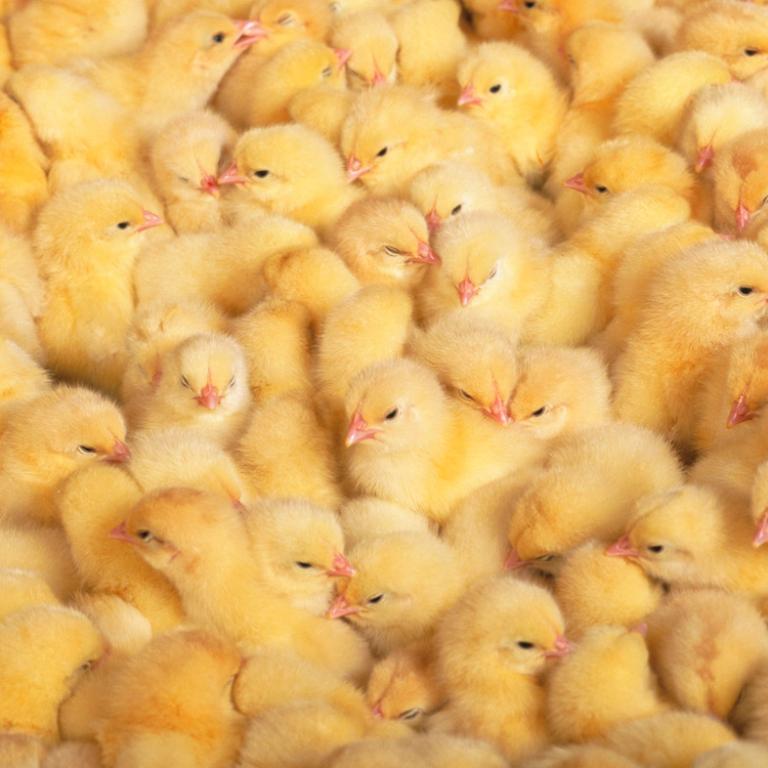Did you know that birds have a unique organ?
Birds immune system is similar to that of mammals as they have evolved from a common ancestor.
However, birds have a unique organ that plays a crucial role in their protection against external agents: the bursa of Fabricius.
The bursa of Fabricius: the core of the immune system
The bursa of Fabricius was described for the first time in 1621 by the anatomist Hieronymus Fabricius.

Histological images of bursa of Fabricius: left healthy bursa; right 100% lymphoid depletion.
This organ is necessary for the development of B lymphocytes and if it is damaged, this results in the immune suppression of the bird.
One of the main causes of immune suppression in chickens is without any doubt Infectious bursal disease (IBD), more commonly known as Gumboro disease, which is still a global problem.
Gumboro disease: a highly infectious agent
In 1957 in the Delaware peninsula, USA, a new disease emerged which was responsible for acute mortality in broilers.
In 1961, Cosgrove described it as a new disease of chickens and as the initial outbreaks occurred near a town named Gumboro, and he called it Gumboro disease.
By 1967, the highly infectious nature of the agent was recognized and the causal agent was characterized as a virus belonging to a new taxonomic group in 1976.

Infectious bursal disease virus (IBDV) causes immunosuppression and mortality generally at 3 to 6 weeks of age.
The IBD virus performs a lytic replication cycle in developing B lymphocytes of the bursa of Fabricius, affecting the immune system of young chicks.
All this leads to an increased susceptibility to other infectious diseases and poor vaccine responses.
IBD prevention: live attenuated vaccines vs inactivated ones
The first method of prevention was planned infections of chickens.
This technique lowered IBD mortality but often resulted in immunosuppression and further dissemination of field virus.
Vaccination against Gumboro disease is a common practice nowadays as the disease is considered by the OIE (World Organisation for Animal Health) to be present in 95% of the world.
Vaccination programs include the use of live attenuated vaccines in broilers and layers and a combination of live and inactivated vaccines in breeders.
The vaccination of breeders is really important for the transmission of maternal immunity to their progeny, which protects the chicks from early immunosuppressive infections.
Most commercially available live attenuated vaccines are based on classical virulent strains that could be neutralized by maternal antibodies.
For this reason, in order to help prevent IBD more effectively, new technologies and next-generation vaccines have been developed and introduced on to the market.











































